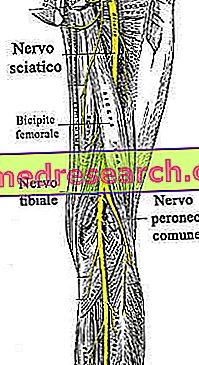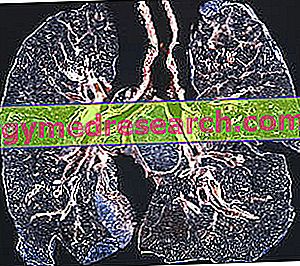
To contend for the most lethal epidemic record in history, in addition to the black plague of 1347, there is also the so-called Spanish flu . If the first came to reduce, within 3-4 years, the European population from 30 to 50%, the second harvest more lives than in the First World War.
The Spanish influence spread in Europe, Asia and North America immediately after the end of the "Great War", in the two-year period 1918-1919, devastating populations already severely tried by the conflict. Precarious living conditions favored the spread of the pandemic, which caused 50 million deaths (75 million according to other sources), infecting over a billion people. What made the death toll even more serious was the fact that young healthy adult males paid the highest price in terms of lives lost.
The Spanish influence was so called because it was believed that the first cases had arisen in the Iberian peninsula. In reality, the virus was probably brought to Europe by US troops and found fertile ground for its propagation in overpopulated and crumbling trenches.
Responsible for the Spanish flu was the so-called H1N1 flu virus, the result of a spontaneous mutation of the common influenza virus. This mutation significantly changed the surface antigens of the virus, making it almost invisible to memory cells developed by the body against previous influenza antigens. It was precisely the lack of immunity acquired in the population that made Spanish influence so lethal.
Influenza viruses change very quickly; minor mutations occur almost every year, both in B and in type A viruses, while the most important mutations (such as the one that gave rise to the Spanish) occur every 10-30 years only in the type A virus.
Not surprisingly, 39 years after the Spanish pandemic, the Asian influenza pandemic (H2N2, 70, 000 deaths in the USA) occurred in 1957, followed in 1968 by the Hong Kong pandemic (H3N2, 34, 000 deaths in the USA).



